BIOSECURITY, VITAL TOOL AGAINST SALMONELLA CONTROL
Available in other languages:
Content available at:
Español (Spanish)
The cleaning of the feeders, during the down-time between flocks, is essential to avoid the spread of diseases.
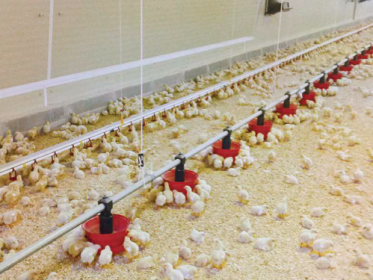
Cleaning and disinfection of the farm help eliminate the presence of potential pathogens in poultry, and minimizes the existence of bacteria, viruses, parasites, and insects between flocks, reducing any effect on the health, welfare, and performance of the next flock. Therefore, the cleaning of the feeders, during the sanitary vacuum between batches, is essential to avoid the spread of diseases.
BIOSECURITY, VITAL TOOL AGAINST SALMONELLA CONTROL
To minimize the presence of salmonella in the poultry industry, the need to work throughout the entire production chain from “farm to table” is emphasized, establishing control strategies at all stages, maximizing the conditions of biosafety in the primary sector.
Establish control and prevention strategies that, in the case of the poultry industry, must begin in the farms themselves, implementing biosecurity measures, which involve
If the bacterium reaches the poultry processing rooms, it will always be more difficult to eliminate it, and the greater the possibility that the product with Salmonella presence will reach the consumer.
What actions should we take to minimize risks?
THE MULTIBECK FEEDER AND ITS CONTRIBUTION TO THE CONTROL OF SALMONELLA
The unique Rotation System of the MultiBeck feeders is easy to adjust and allows easier, faster, and more efficient cleaning and disinfection.

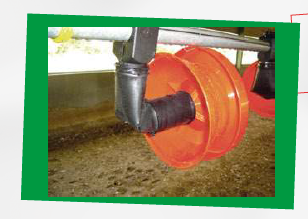
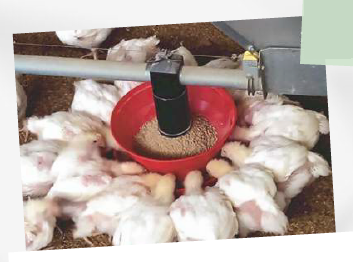
In natural conditions, animals tend to avoid defecating where they feed. However, the current rearing conditions with high densities of housing, seriously compromise this behavior.
On a farm, the probability of fecal contamination of feed is much higher than in the wild, with all its associated negative health consequences and its rapid spread of the disease to the entire flock. The poor quality of the feed (due to the droppings on it), in addition to contributing to its waste, worsens the feed conversion rate.
MULTIBECK feeding equipment is designed to minimize risks.
Good feed management understood as a good selection of equipment and adequate feed distribution management has a high impact on the quality of our production results and economic benefits.
MULTIBECK MODELS
COPILOT MULTIBECK is the most versatile feeder. Its feeding system adapts to each age and to each type of bird: Chicken, Turkey, Duck, Quail, Pintada.
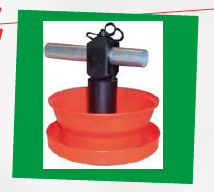
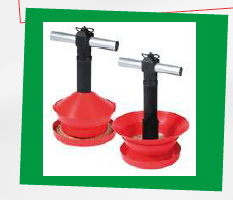
COPILOT MULTIBECK CHARACTERISTICS
BENEFITS:
Subscribe now to the poultry technical magazine
AUTHORS
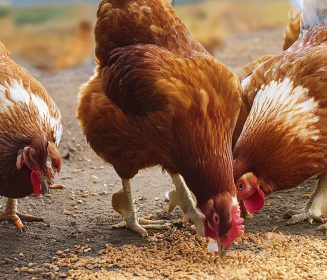
Layer Longevity Starts at Rearing
H&N Technical Team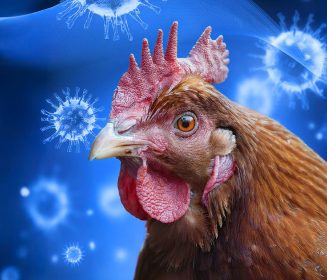
The Strategy for a Proper Infectious Bronchitis Control
Ceva Technical Team
Elevate Hatchery Performance with Petersime’s New Data-Driven Incubation Support Service
Petersime Technical Team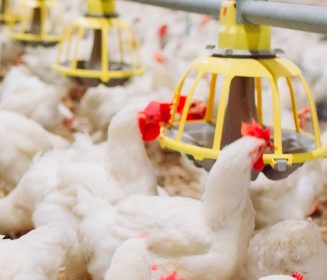
Maize and Soybean Meal Demand and Supply Situation in Indian Poultry Industry
Ricky Thaper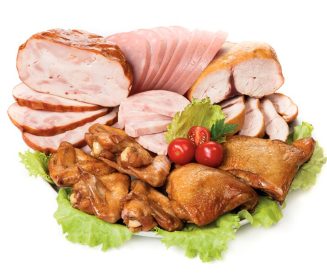
Production of Formed Injected Smoked Chicken Ham
Leonardo Ortiz Escoto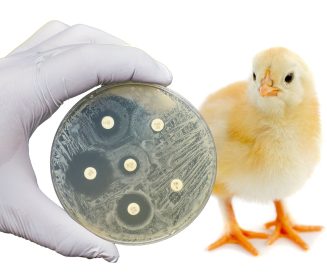
Antimicrobial Resistance in the Poultry Food Chain and Novel Strategies of Bacterial Control
Edgar O. Oviedo-Rondón
GREG TYLER INTERVIEW
Greg Tyler
Insights from the Inaugural US-RSPE Framework Report
Elena Myhre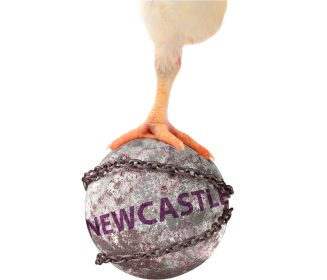
Newcastle Disease: Knowing the Virus Better to Make the Best Control Decisions. Part II
Eliana Icochea D’Arrigo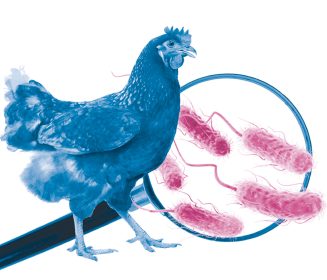
Avian Pathogenic E. coli (APEC): Serotypes and Virulence
Cecilia Rosario Cortés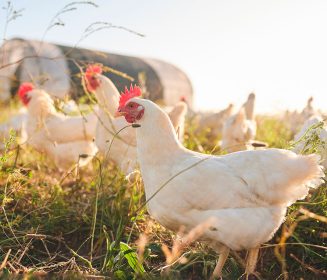
The Importance of Staff Training on Animal Welfare Issues in Poultry Industry
M. Verónica Jiménez Grez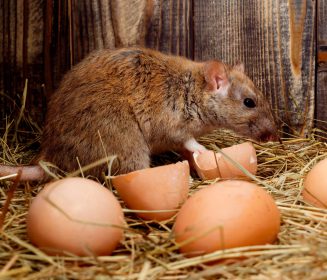
Rodent Control is a Key Factor in Poultry Biosecurity and Sustainability
Edgar O. Oviedo-Rondón